Consider This
Look at this photo. What words describe how you feel looking at this scene?

Many people looking at this photo describe a sense of alienation and even depression. They use words like bleak, desperate, fearful, horrible, neglected, ugly, or unhealthy. They talk about how they would strive to get away if they were in this scene.
Now Consider This
What words would you use to describe this scene?
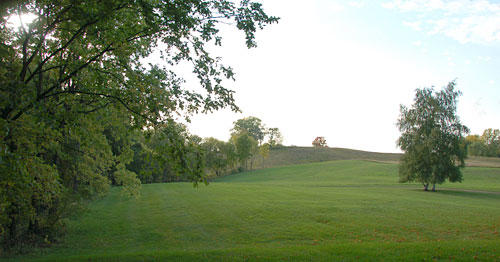
According to the research, most people find this scene appealing and calming. Views of nature can reduce anger and fear and increase pleasant feelings. People often use words like calm, beauty, relaxation, happiness, hope and peaceful when looking at scenes like this. If you used similar words, you just had an experience of the healing power of nature—what we refer to as eco-healing. Merely looking at this photo of a natural scene provided some mental relaxation. It may have even contributed to your physical wellbeing, reducing blood pressure, heart rate, and muscle tension.
What Is Eco-Healing?
Eco-healing focuses on the important role nature plays in the promotion and maintenance of people’s health and the health of the social systems in which they live.
As modern research and ancient practices reveal, exposure to nature can contribute to human healing on the physical, mental, and spiritual levels. Conversely, human beings touched by the healing power of nature want to protect and heal nature.
A reciprocal and synergistic relationship is established in this mutually healing exchange. We find it in places that heal and uplift us (the power of place), and we in turn foster environment healing by taking protective action.
Try This
Here’s another photo. If you saw this scene, what would you want to do?
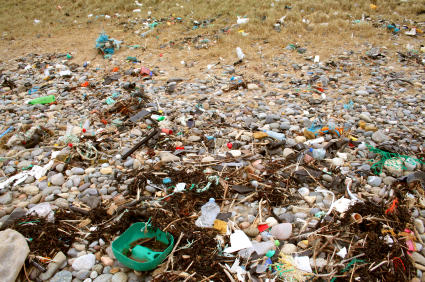
There is a natural impulse to protect what we love, so many of us want to pick up the garbage we see on this beautiful scene. This demonstrates the reciprocity of eco-healing: we find restoration in nature, and we want to restore nature.
Examples of Eco-Healing
Eco-healing occurs in a wide range of ways. For example, you may put a flower on your desk to lift your spirits. Or you may take a walk in nature, keep a garden, enjoy outdoor sport activities, volunteer at a farm, or journey into the wilderness. Each of these activities has the capacity to restore and to heal, and to provide wisdom. Here are some stories.
- Stressed to the point of exhaustion by her job, Doris decided to spend 30 minutes a day at lunch time walking in a park near her office. To Doris’ amazement, after only one week she was less stressed, things that once bothered her were much less important, and she became more productive.
- After being an unemployed engineer for 15 months and searching fruitlessly for a job, Matthew was losing his sense of self-worth. His wife suggested that he start a family vegetable garden. Under Matthew’s leadership, the whole family took part in the planning, soil preparation, planting, and harvesting. As harvesting approached, Matthew realized how much he loved working outside as well as educating and managing people. He decided to look for jobs, even if they were beginning jobs, in landscaping or horticulture.
- Cynthia came to stay at a horse ranch during a particularly painful moment in her life. She had just lost both parents and her job as a powerful executive. She found herself drawn to Tilly, an extremely fearful mare who would not eat if other humans were present. Cynthia began sitting near Tilly every day, and after a few weeks, she was able to enter the corral while Tilly ate. As the mare began to return to a healthier and calmer state of being, so did Cynthia. The day Tilly was able to be groomed and led out to pasture was an incredibly hopeful and healing one for Cynthia as well.
Eco-healing is a Relationship
Because people often don’t pay attention to their setting as they go about their activities, it is important to realize that the most effective eco-healing implies a direct relationship with nature. For example, you might play golf on the most beautiful course in the world, but never notice the nature that surrounds you. That is not a relationship.
To get the most from your experience with nature, it is good to go beyond just being ‘in’ nature and take the time to be ‘with’ nature. Fortunately, a natural setting is usually filled with so many sights, smells, and sounds that we are brought into relationship regardless of how distracted we are.
Power to Heal
Are you still wondering about nature’s power to heal and help? Consider these research results that were gathered from people when they evaluated the impact of walking in nature compared to walking in a shopping mall.
Eco-Healing in Your Experience
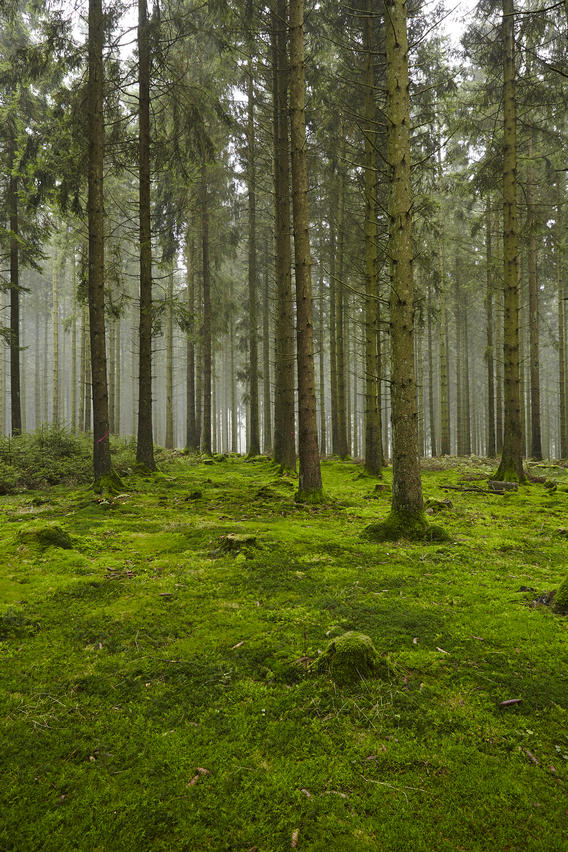
Trees have been gifting humanity for tens of thousands of years. They have provided shelter and food. Wood for fires gives us cooking, warmth and safety, and wood pulp gives us paper to exchange information. Trees play a large role in the ecosystem and prevent erosion. Trees are also important spiritual symbols in traditions, including the Celtic, Norse, Christian, Judaic, and Buddhist religions.
Have you ever sought out a tree or any other aspect of nature for restoration, healing, and wisdom? Even if this seems a bit silly initially, take a moment to reflect and see if it might be true.
Or consider these questions: have you ever been awed by the beauty of a mountain or ocean? Have you ever been excited to see a wild animal in its natural habitat? If so, you have experienced some restoration or wisdom from your interaction with nature.
Nature’s healing gifts come in a variety of size and shapes. Eco-healing is a full-spectrum experience gracing your body, mind, and spirit with renewal. You may have already participated in eco-healing, but you didn’t call it that. See the Eco-Healing checklist (PDF) for a list of eco-healing activities you could do.
Why Does Nature Have Such an Impact on All of Us?
Nature does have a big impact on our health and healing, but why?
The Biophilia Hypothesis, by E.O. Wilson, poses an answer: because human beings evolved in nature, they are intimately connected to nature. Physically, we are, like all life forms, chemically related to the Earth, and the Earth is hard-wired into our chemistry.
We are also soft-wired to care for the Earth as the Earth cares for us. The term biophilia literally means “love” (philia) of life or living systems (bio.) The term philia comes from the Greek definition of love, which consists of three aspects: eros, philia, and agape.
These three aspects of love are found in many aspects of the human/nature interaction and offer an interesting way to view the connection.
Nature’s Sensual Delights: Aliveness
Nature heightens our aliveness by providing an incredible array of experiences for our senses—a smorgasbord of sounds, tastes, smells, touches, and visual riches. We are particularly responsive to the beauty we find in nature.
The Russian astronaut Andriyan Nikolayev expressed this explosion of senses and sense of aliveness upon his first return to the earth:
Nature’s Relatedness: Belonging
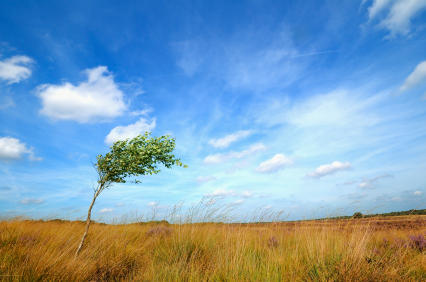
Have you ever felt so close to a pet, plant, or place in nature that they are almost like family?
If so, you have experienced philia. This was originally defined as brotherly or sisterly love, but Aristotle expanded it to include love that is shared between lifelong friends, colleagues who have worked together for years, parents and children—those whose relationship is characterized by deep love.
Philia establishes our sense of belonging. Through our love, nature reminds us that we belong to life, and we are part of something much bigger than ourselves.
You can tune into this by going for a walk in nature. Take the opportunity to pay attention to what is around you, and pause from thinking. If you like, find a place with a view to sit down just to look and listen. Did you get a sense of perspective of yourself in a larger system? Did your problems seem less important?
Nature’s Transcendence: Fulfillment
Agape is the most universal of the Greek concepts of love. It suggests a nourishing, timeless, soul-to-soul connection. Nature can provide a window into the cycles of eternity. Agape love transcends the normal boundaries between species, places, or objects and provides us with a glimpse of the divine.
Consider these photos. Can you sense agape in the expressions?
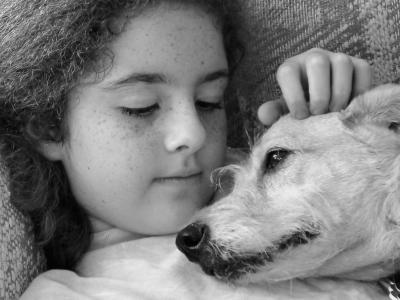
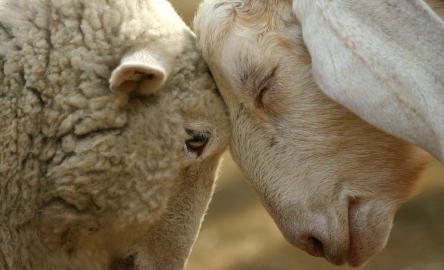
Models and Research
As we see, nature offers us a range of experiences with love. It awakens our aliveness, establishes our belonging, and nourishes our transcendent spirit. Is it any wonder that research demonstrates nature’s power to restore us?
There are many models of nature and healing that demonstrate the complexity and diversity of this field, which is also called nature-based therapeutics (NBT). Our model is the Eco-healing Tree, which we discuss below.
There are also a number of research instruments that have been developed to measure various forms of eco-healing in various concepts. See the Research Instruments document for more information on them.
The Eco-Healing Tree
Many words and phrases are used throughout the world to describe the healing power of nature. We are using the term eco-healing. Some of the other terms that reflect human-nature relationships and their potential for reciprocal healing are: eco-psychology, eco-therapy, nature-based therapeutics, eco-health, therapeutic horticulture, care farming, animal-assisted therapy, green care, and sustainability care. We present some of these forms in our Eco-Healing Tree, which is a learning tool to explore the role nature plays in human health and healing.
Large green tree with three labels. The first says Leaves and Branches - Nourishment. The second says Trunk - Belonging. The third says Roots - Aliveness.On our tree, each of the three main sections of a tree uses one of the Greek concepts of love to examine our relationship to nature.
- The roots of the eco-healing tree represent eros, or our aliveness.
- The trunk symbolizes philia, or our connectedness and belonging.
- The many-tiered branches and leaves represent agape, or fulfillment.
Like a real tree, the above categories integrate and interact synergistically with each other.
The Eco-Healing Tree also explores the nature/human interaction on three different levels—individual, society, and global community—and addresses the healing of the physical, emotional, and spiritual aspects at each.
For example, look at human-plant relationships. At the lower branches and leaves level, research shows that gardening is physically, mentally, and spiritually therapeutic for humans. At the next level, therapeutic horticultural and care farming help people dependent on society (for example, at-risk youth or mentally challenged individuals) heal. At the upper planetary level, people dedicated to the environment work to reduce loss of plant species, develop eco-agriculture, and preserve forests. Interestingly, research shows that working on behalf of global health also contributes to personal health and wellbeing.
The Eco-Healing Tree has stories and practices to enhance your eco-healing experience. If you want to know more about how much your relationship with nature impacts your health and wellbeing, you will also find interesting research results, books and articles to read, videos to watch, and other resources you can consult.